
Do Cornrows Come From Africa?
Step into the captivating world of cornrows as we uncover their rich history and origins. In this article, we delve deep into the African heritage of cornrows and shed light on their cultural significance. Join us on a journey through time and explore the fascinating differences between cornrows and braids, as well as the diverse hairstyles found across African countries.
The article about boxers’ braids in the French magazine, “Paulette”, sparked a strong reaction among readers, outraged at the statement that cornrows were created by boxers, and simply denying their African history of braids. The selection of exclusively white models to represent cornrows in the magazine’s photographs raised eyebrows. As if cornrows were only acceptable on Caucasians … That was not the purpose of Paulette’s, one suspects, but some have read it as a contempt for the cornrows worn by black women. Seeing cornrows in all the fashion magazines, usually being worn most often by western models, means that they are saying this hairstyle has an aesthetic value only on white women.

However, hair braiding holds a significant place in African culture, representing an art form that has been passed down through generations as a means of cultural transmission.
This controversy emphasizes the need to recognize and honor the African roots of cornrows, dispelling misconceptions and celebrating the cultural significance they hold. Beyond being a mere fashion trend, cornrows have been an integral part of African culture for centuries, serving as a form of self-expression, social identification, and storytelling.
By exploring the origins and evolution of cornrows, we aim to provide a comprehensive understanding of their cultural importance and break down stereotypes that may perpetuate their misappropriation or erasure.A brief history is necessary to demonstrate the ancestral character of cornrows in African culture.
Cornrows vs Braids
Cornrows, unlike braids, are a hairstyle in which hair is very close to the scalp, and can form a geometric design, like cross roads or paths formed in the grain fields (this is where the American name “cornrow” originates from). It is often called an “African braid.”
Cornrows differ from the “braid,” which is formed by interlacing three strands that are hanging from the scalp. The braid is itself part of other hair cultures like the Vikings, Native Americans, and Chinese.
Origin of cornrows
ravel back in time as we trace the origins of cornrows. Cornrows seem to be the oldest hairstyle of humanity. Indeed, the Venus of Brassempouy and the Venus of Willendorf are two statuettes dating from approximately 22,000 years B.C ; both represent a woman with braided hair. When we observe prehistoric art and in particular female statuettes called “Venus” dating from the Gravettian period (between 29,000 and 22,000 before present) and discoveries in Europe, we are struck by their similarities to Africa. Today, most prehistorians have come down on the side of the theory that these figures have braided coarse hair, although some continue to propagate the qualifier “lady in the hood” to name this kind of portrait of Gravettian era. All Venus figures with hair have coarse hair.
This type of braided hairstyle spread from the Nile Valley.
Nubians, Egyptians and the ancient Hebrews first adopted hair styled with thin dreadlocks, while part of the black population preferred to shave their hair, including the Egyptian priests and women of Maasai origin. Others used the hairstyle called “Afro” or even the so-called “gradient” which recalls the Ramses helmet.


Spread across Africa
Subsequently, cornrows spread from the Nile Valley to various parts of Africa. Braided hair showed the wearer’s caste, different life events (wedding or bereavement) or social rank.
- To the west, there were the Fulani, Akan, Dogon, Mande, Yoruba, Wolof and Hausa
- In the center were the Mangbetous, Fang, Bamileke and Bantu (from all Africa) etc.
- To the east, the Maasai.
The other historical traces, concern the first great African civilizations like ancient Egypt, where the hairstyle symbolized the social rank. Men and women wore different types of hair braids: cornrows or simple braids. They were often ornamented with gold thread and other refinements. At that time, hair was granted special care like scented oil and lotus flowers. Thus, the proto-dynastic king in Tera-neter, of the country Kemet (ancient Egypt) wore his hair arranged in braids. This type of braided hair was then observed in many castes of the Egyptian-Nubian population (scribes, pharaohs, craftsmen) and in women.
The different types of Braids
There are an incredible variety of braids according to African countries: they may differ in size, like these young women in Namibia:
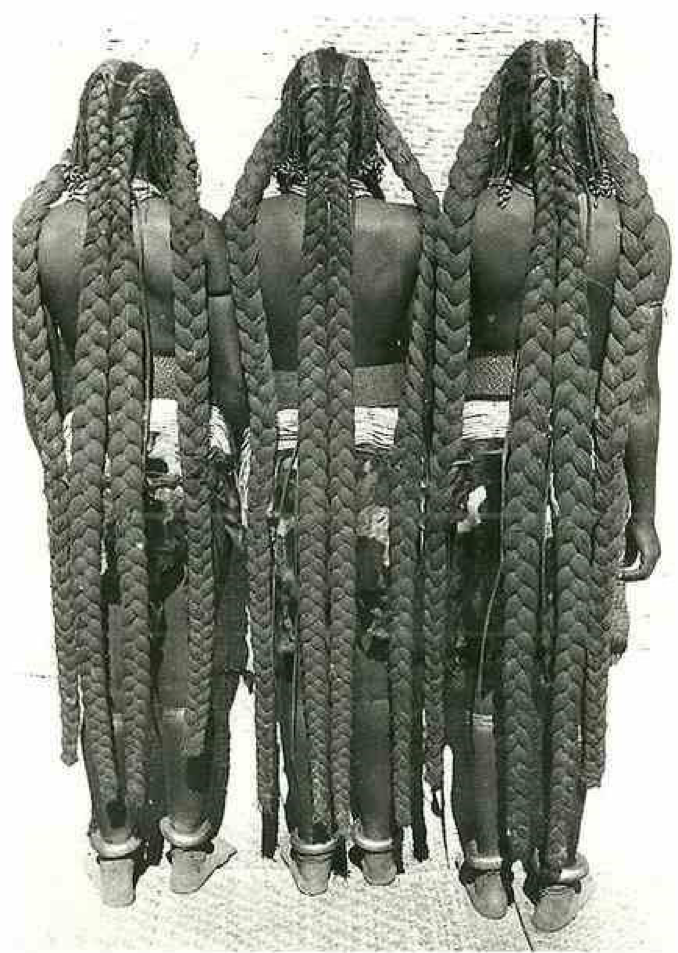
Or these young girls from Congo Brazzaville in 1940:
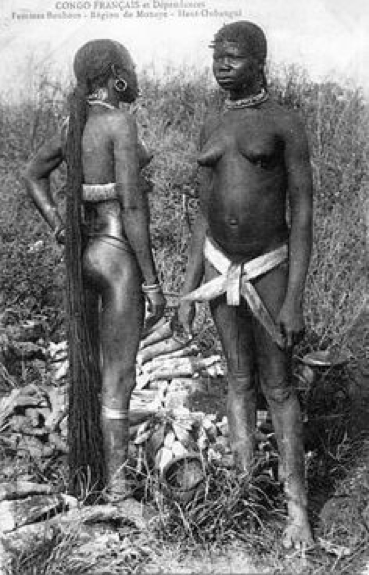
Another distinctive hairstyle is the hull, as seen among women of Mangbetu, Congo and Uganda where the skull is deformed to be elongated. The Mangbetu bind the baby’s head in tight cloths before bone growth for a year, giving them a very elongated skull, a sign of beauty and intelligence. The origin of this practice dates back to ancient Egypt, as seen on the famous Mangbetu harp. We have also found this practice among the Fang of Gabon, and the Azande – cousins of the Mangbetu.
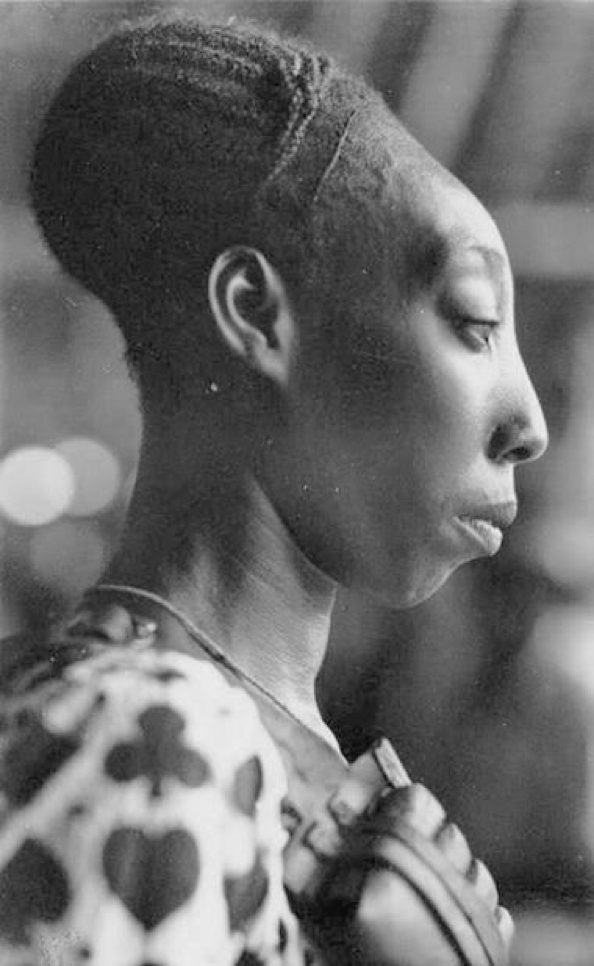
The conical headgear of Zulu women, who also inspired the look of Lupita Nyong’o

Relief braids, from Côte d’Ivoire:

The combination of hair braided with checked patterns and extended by braids as seen on this young dancer from Brazzaville in 1940:
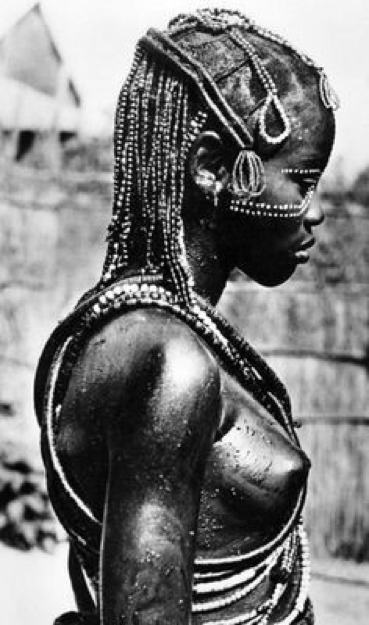
Braids using a twisting hair process:

Note also the complexity of braids, often with ornamentation that goes against the stereotype that African braids were only for practical purpose. There is an art of braiding in Africa.
Here are examples of very elaborates hairstyles, like this Fulani girl in Sudan in the early 20th century, with shells and corals as ornaments.
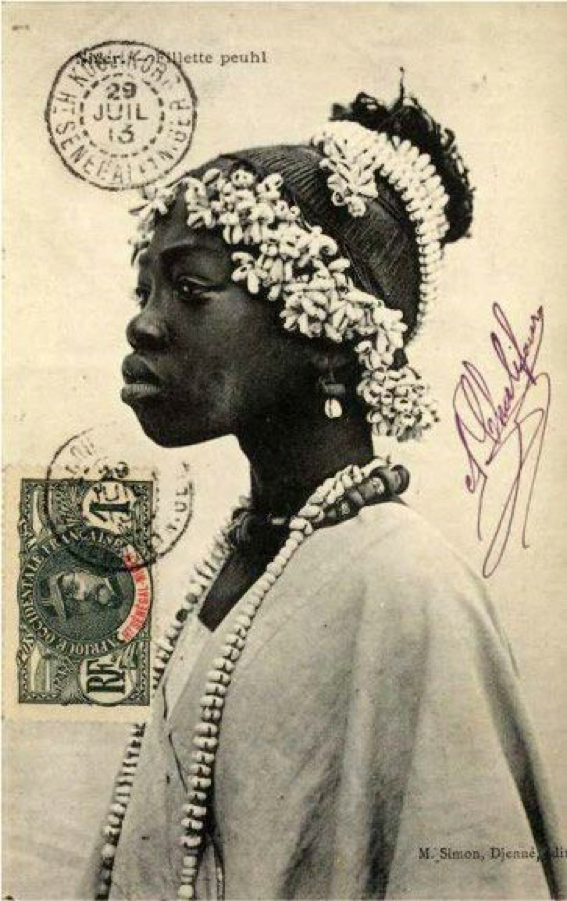
Or this girl from Senegal in 1884:
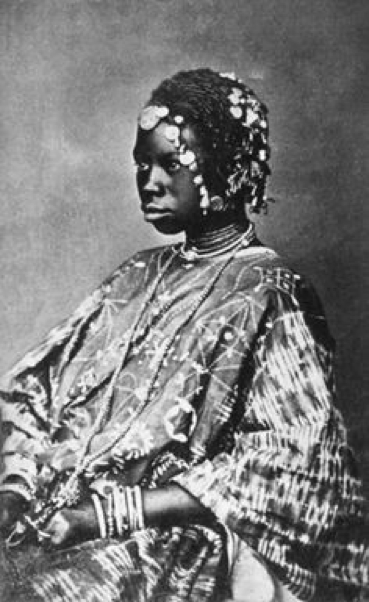
Among the girls of Guinea, the complexity of their hair beautifully contrasts with the simple status of these girls.
Also see young Moroccan girl in 1937:
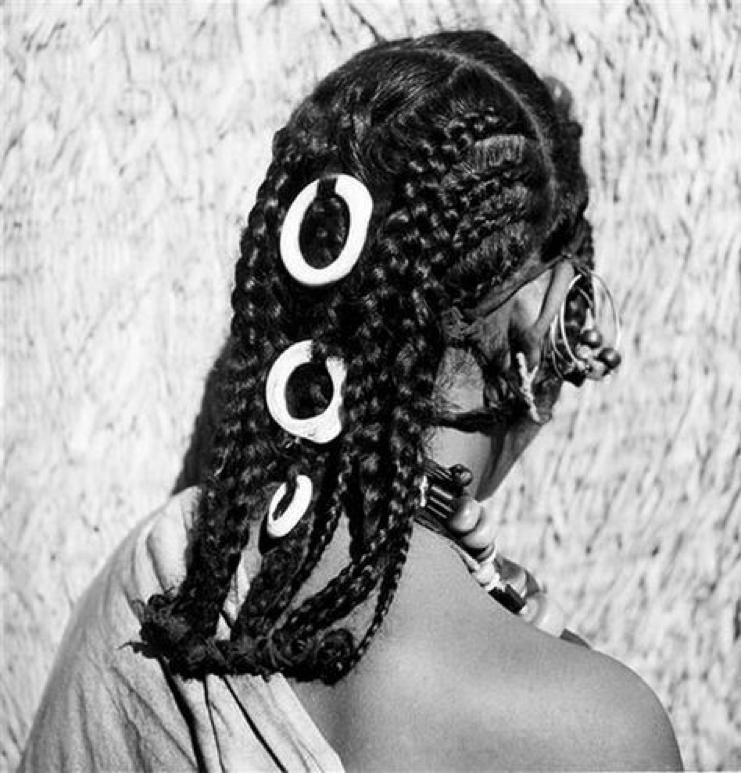
Influence on Modern Trends
Let us look now at how African hairstyles continue to inspire and influence modern-day trends. From iconic figure including Caucasian women to the recent recognition by artists, the beauty and artistry of cornrows have transcended time and cultural boundaries. Explore how contemporary celebrities have embraced cornrows, celebrating their African-American identity
See this hairstyle of a girl taken from Eritrea in the 30s…
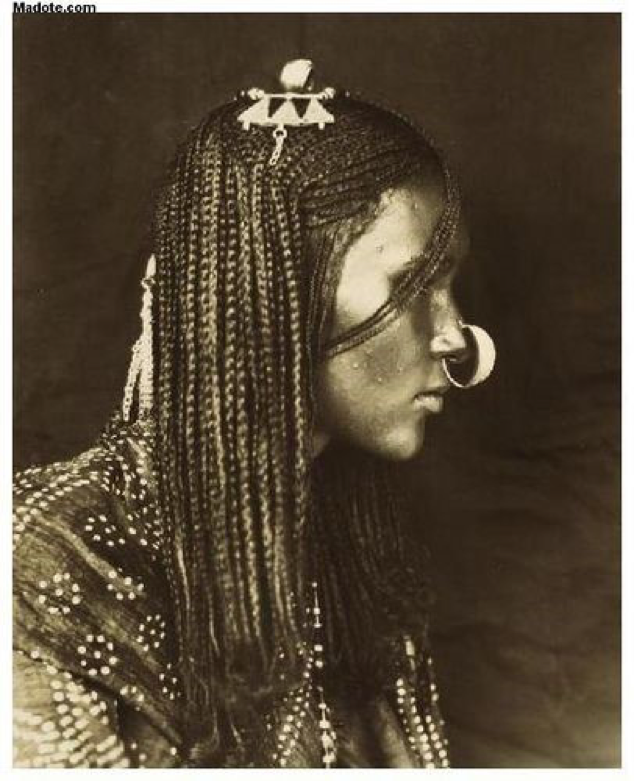
… We can see how Bo Derek did not invent these braids but was inspired by this kind of ancestral hair.

The bun of Sarah Michelle Gellar
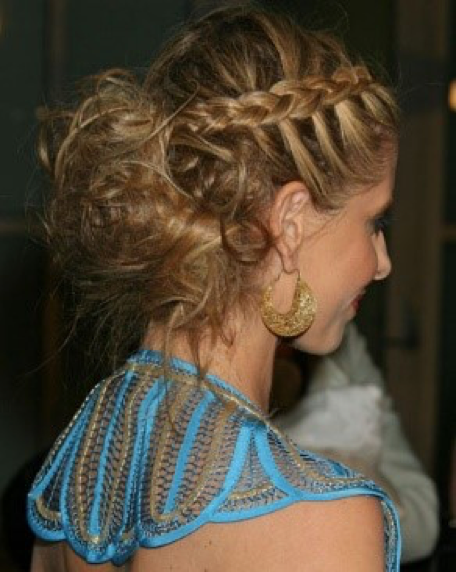
Doesn’t it remind you this Wolof girl of Senegal?
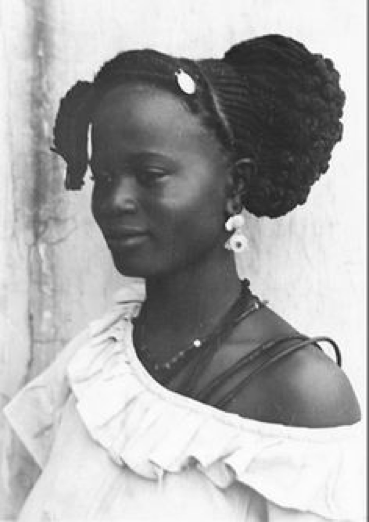
Let us add that the popularity of the braids does not date from today.
Examples below show Marlene Dietrich and Elizabeth Taylor:
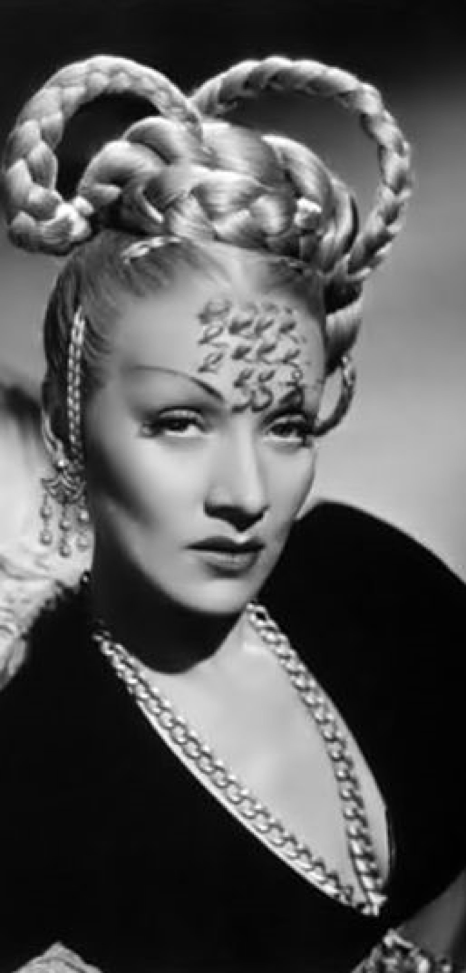
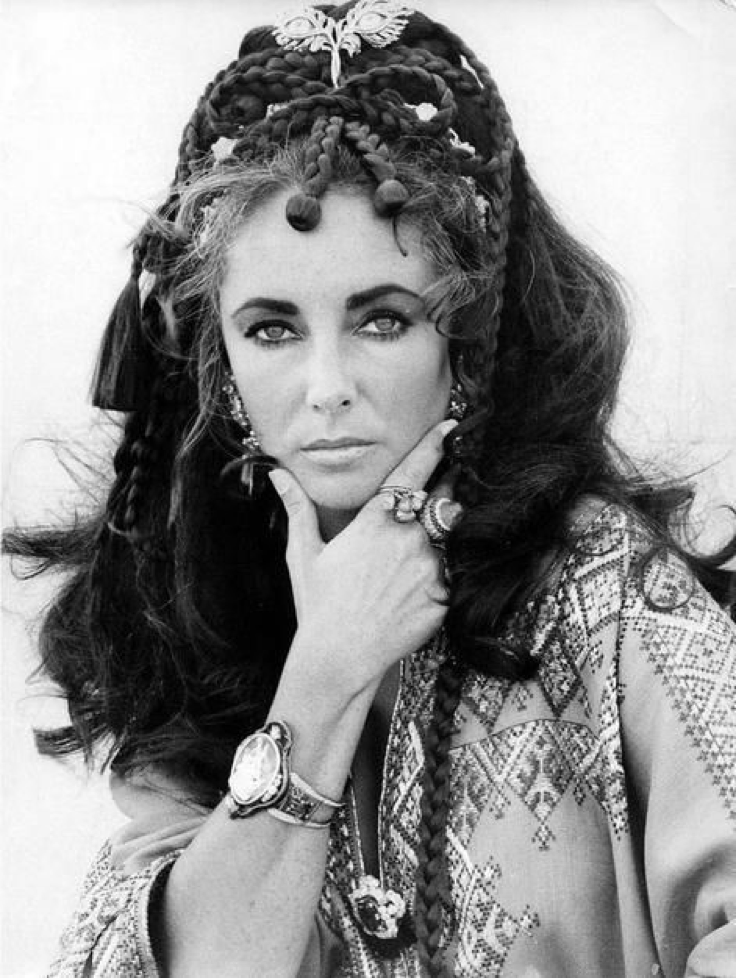
Cornrows were recently honoured by the American artist Shani Crowe with “Braids”, which is is a series of photographic portraits and videos highlighting the beautiful and profound aspects of hair braiding – a discipline that Shani Crowe considers an art in itself.
For her works, Shani Crowe draws upon the braiding style of African American women of the 60s, as well as various existing braids from each region of the African continent. This is a way for the artist, to honour her cultural identity. This is a great initiative that we would like to see more often from Afro-American celebrities or black models who prefer their weave or relaxed hair.
Note also the approach of Beyoncé: she opted for braids for the first birthday of her daughter Blue Ivy, for Thanksgiving in 2012, and also during her trip to Cuba with her husband Jay Z. In her latest video, “Formation,” and in her performance during the Super Bowl 2016, Beyoncé claimed loudly her African-American identity. The singer put her words forward by posing on the cover of the March issue of Garage Magazine, an English magazine dedicated to art, wearing braids recalling her debut in Destiny’s Child.
Jada Pinkett-Smith, Ciara and Alicia Keys were also spotted with cornrows on the red carpet but this remains uncommon.
Celebrate Black Women with Braids:
Embrace the beauty and power of black women with braids through our collection of black art prints. Discover the captivating visuals that celebrate the diversity and cultural significance of braided hairstyles. Join us in honoring this art form and appreciating the legacy of cornrows in African history and beyond
As we conclude our journey into the rich history and origins of cornrows, we hope you have gained a deeper appreciation for this timeless hairstyle. From their African heritage to their influence on modern trends, cornrows continue to be a symbol of cultural pride and self-expression. Let us celebrate and honor the artistry and beauty of cornrows and the black women who proudly wear them
Sorry, the comment form is closed at this time.



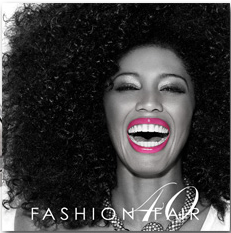
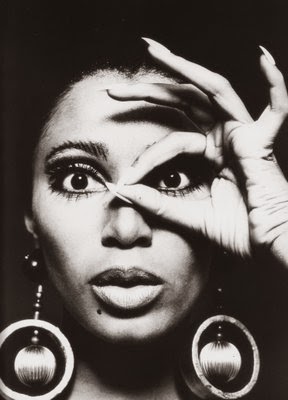
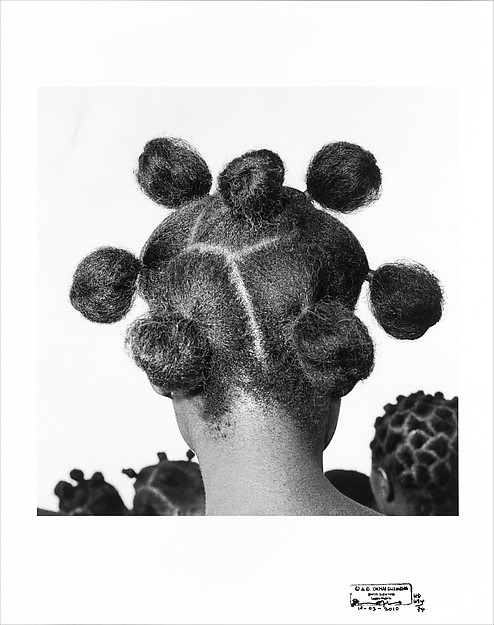
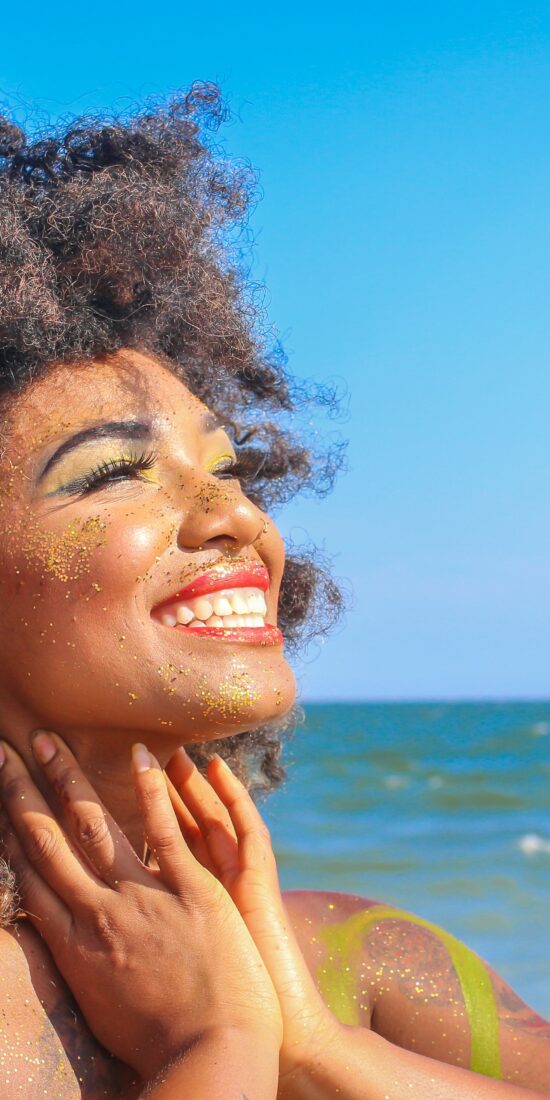
Lakijai Harris
The problem for me Is That Me being of african decent Gets DISCRIMINATED against the Very thing that is being promoted on another race. I can get fired but your in a fashion show. Its my history passed thru my mothers to my daughters and you are making a “fashion” statement. Im not even saying another raCe cant wEar tHat style so why are you stopping me.
jos
IDK what job you have but you have to distinguish between “normal” Jobs and creative jobs. White people working in a bank would get fired too for suddenly showing up with cornrows. look around at most people in the creative industry; designers, models, actors, singers, photographers, white or non-white. The way they style themselves, hair and otherwise, would get you fired from most jobs. (no offence to them, but there are just different standards in different industries)
William Westbrook-Rosalés
Look im Hispanic and Latín American(AMÉRINDIAN) and Afroscandinavian my complexión Is Ruddy meaning Redish and I digo braids the issue Is White America see’s cornrows as a African thing Yet VIKINGS, CELTICs, Iberians,and MOROCCANS, MALTESE are ALL members of the Numindian race not necesarly Black or KUSHIAN(Cushian) and because of this STIGMA other African races not Just Black or their Counterparts Ethiopeans are the wearers of braids especially cornrows which the nubians showed the Egypicos (Celtics and Scandinavians) how to braid their hair Black people From Africa understand the Words Aboriginal African and Aboriginal Iberian as two African Cultures and races one is obviously Black the Second ranges from
MULATTO( BROWN) to PARDO-(bonikeín(BONEWHITE) MESTIZOs,Albinos)
Then celtic People are NOt! GERMANS! but rather crossbred between AfroScandinavians,Sub Saharan AFRICANS,
PROTO- CELTICs ARE a Mixed Culture the genepool includes TURKISH Greeks, ATHENIANS, Tsaloniki GREEks, Macidonians, Ancient IBERIANs,Kushians and Asians (AfroAsiatic languages)
TI Imhotep Verstajd
Cornrows come from the Eembuji people in africa your wrong you dont know history.
Harriet
The Hair worn by sarah michelle gellar could possibly also have beEn inspired by StyleS worN by norse and celtic women. Inverted braids are also very common and popUlar among CaucaSian women wHo often have viking and celtic anscestry.
William Westbrook-Rosalés
Sorry to say if your Caucasian with Celtic and ir Scandinavian Ancestry then your not a White European person but a descendant of two Albino African RACEs
Sheinin
Braided hair is also one of the best styles, for the overall health of our hair (mine) so it should be acceptable at every damn job! As long as its clean/neat.
Pingback: About Hongjoong's Cornrows: ATEEZ's Appropriation Scandal Reveals The Importance Of Proper Cultural Respect - JUST ADD COLOR-Exploring The World In Entertainment
admin
Thank you fro quoting me in your article
Megan Jeffrey
Vikings braided their hair, Sarah Michelle gellar’s style you are pointing out actually looks a little like descriptions of early viking hair styles for women except they would decorate the braid with coloured tape. Braids and cornrows may have started in Africa but white people didn’t just adopt them in the last 20 years we clearly picked it up centuries ago but I do hope time travel is invented so some Karen can get in a time machine and accuse a Viking of cultural Appropriation just so they get beheaded! Braids keep our hair out of the way. It has nothing to do with culture a woman just wants to go about her day without her hair in HER face. When your hair is very long and very thick pony tails and the such fall out! Braids don’t and so ARE more convenient. Every fashion started Somewhere. If braids started in Africa so be it awesome but that doesn’t mean Every time my white daughter would like her hair out of her face at school she is not allowed to or it’s unacceptable. Braids are awesome it’s awesome that African culture brought them to us.
William Westbrook-Rosalés
Once again LEARN your Culture It Is fundamental you might learn Some SHIT!!!! Other then the Racist bullshit Germans and Nazis have lebeled people as white, Black, Yellow and red.
Celtic People, Scandinavian People Hispanic People Canarían Spanish People Caribbean People we are the same People meaning Ancestrally Albino African descendants
TI Imhotep Verstand
Vikings were not the first sailers all the ancient Kemites were the first to sail to america it is said the nubains did as well the hairstyles of the celtics wore could be logicaly said to be cultural aprropriation for many of you dont know the anglo saxons were originaly color african peoples but thier history has been white washed. and for the people of Mexico I tell you your ancestory aka indiginous people of mexico were africans look up the olmnecs and the kemetic and hindu statues found in the grand canyons you will be astonished the things we all dont know because of the appropriation of white ancient cultures ,Greeks, Celtics, modern Crhistians, Hebrews, and many other groups.
another small but important expample of cultural apropriation is the
oblisk in WAshington Dc .
Prymid on the dolor bill.
non kemetic or nubian people with ancient kemetic symboilism as tatoos.
white people and Kiminono peoples cultural appropriation.
Hip-Hop jazz rock and roll white people claim to have invented.
TI Imhotep Verstand
You cannot trace culture with saying oh my gentics trace to albinism because in africa albinos are not of the cultures that are having these problems with culture appropiation. and the spanish are have a history of colonism and racism twords african afro centric indiginous population across the world .
Marcos
Very educative article, learned a lot. So glad I discovered your blog, and was
able to learn new things. Keep posting informative articles,
it’s really helpful.
Net vagabond
I stumbled across this article and found it interesting but also I dont understand why people CAre how other people wear their hair? If a black lady has her hair Dyed blond or an white lady has cornrows why does everyone see that as negative? It is counter to logic. Knowbody is going to have a hairstyle they don’t like so then by default that must mean they like it which would mean that they are fans of the style and paying a compliment to it as being an attractive look. Personally it seems that too many people are looking for reasons to be upset about stuff these days. I also dont understand firing people over hair styles unless it is a safety hazard for some reason and they continue to violate safety protocol. I get it that there are racist people and bullies and assholes that will pick people apart via their appearance but we need to remember not to be what we are claiming to fight against. They and embrace other cultures not accuse them of steeling yours when really they are just being complimentary.